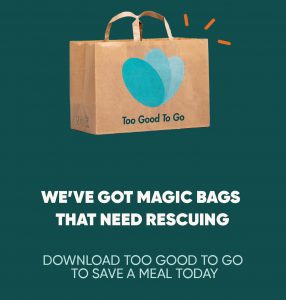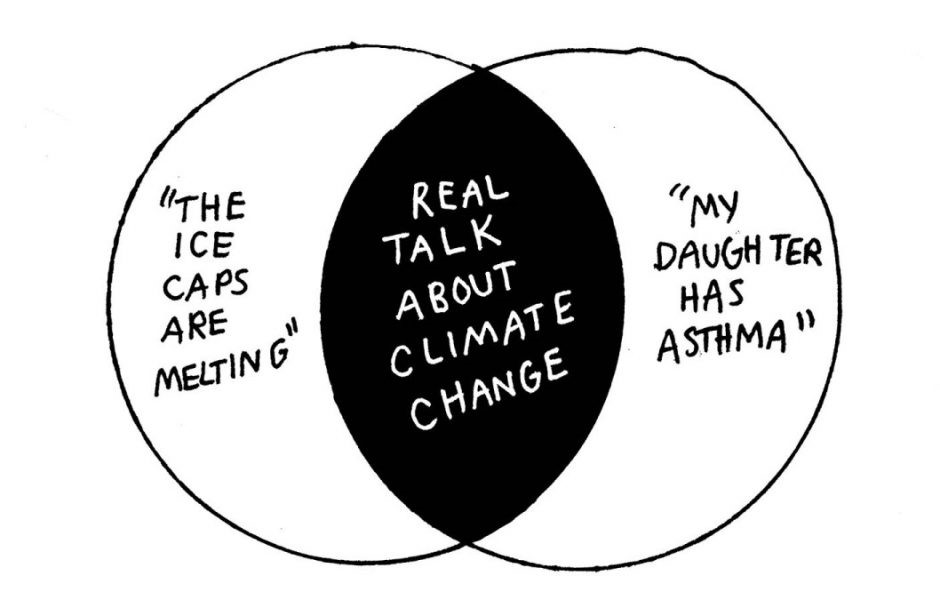This guest blog post was written by Hermione Dadone, Events Officer in the Fundraising & Supporter Development Office at King’s.
On a crisp November morning, a group of King’s College London staff and students set off for a tour of the Riverside Resource Recovery plant in Belvedere, East London. The visit was organised by Energy from Waste, a student-led group dedicated to promoting sustainable waste management practices and raising awareness of the importance of waste reduction and recycling. The group was told ‘just follow the big chimney’ and sure enough, it wasn’t too difficult to find our way, as a very tall silver chimney soon loomed in the distance as we walked from the station.
The Riverside Resource Recovery plant, commissioned in 2011 and opened in 2012, is an innovative facility that uses advanced technology to convert non-recyclable waste into electricity and heat. The plant collects waste from 90 vehicles across London and processes 850,000 tonnes of household and commercial waste per year, producing enough energy to power 180,000 homes. The plant operates Monday to Friday, with 200 container boxes unloaded every single weekday.
The tour started with a brief presentation on the history of the plant and the technology behind it. The group then donned high-visibility vests and hard hats before being taken on a guided tour of the facility by a member of Cory Group. The first stop was a view of the barge pier. Waste is transported to the plant via river barges, pulled by tug boats which run on vegetable oil, and can carry 60 containers at a time, equivalent to 22 lorries. The group watched a barge being unloaded and its yellow box cargo being brought up the pier runway via specially designed waste trucks. Next stop is the tipping hall, where the waste trucks tip their loads directly into the waste bunker from an 18-meter height, where the waste is stored before being fed into the furnace. In the waste bunker a colossal-sized round crane, like something out of War of the Worlds, is used push waste to the back of the bunker. There is an oxidizer system that sprays perfume to neutralize odours, and infrared cameras scan the waste to detect any hotspots and manage fire risk. If a hotspot is detected as reaching 60 degrees then the waste hotspot is picked up with the crane and removed straight into the fire chamber. If temperature in the waste bunker ever rises dangerously high then it is instantly cooled by water cannons that come on automatically if the temperature reaches 100 degrees.
The plant also has a system to deal with contamination in the waste. Waste inspections are carried out to identify and correct any contamination, and charcoal is used as a neutraliser for heavy metals, while lime is added to neutralise acids. The lime comes from Lancashire. The group learned that it is four times more expensive to process ‘dirty’ waste eg metals and other materials that shouldn’t be in general waste.
The heart of the plant is the energy recovery facility, where the waste is burned at high temperatures to produce steam. The steam is then used to power turbines, which generate electricity that is fed into the national grid. The biggest challenge for the plant is feeding the waste to keep the fire burning at a consistent level, which is directly affected by weather and how much moisture the waste contains.
Once the waste material has been burned, the plant recovers metals from the ash, which are then recycled for use in construction and other industries. The ash itself is used in making breezeblocks, capping for landfill, or in tarmac for roads.
The group was impressed by the scale and efficiency of the operation, as well as the advanced air pollution control systems that minimise the environmental impact of the plant, turning APCR (Air Pollution Control Residues) material into calcium carbonate pellets.
After the tour, the group had a chance to ask questions and discuss the plant’s role in sustainable waste management. The group learned that an additional neighbouring facility is currently being built that will allow the plant to operate on weekends, and will have a box shape design so that solar panels can be installed. With the addition of this new facility, the plant’s capacity will increase to processing 1.5 million tonnes of waste per year, making it the largest in Europe.
The visit to the Riverside Resource Recovery plant was an eye-opening experience for the King’s College London staff and students. It highlighted the importance of sustainable waste management and the role that innovative technologies can play in reducing our environmental impact. Physically seeing all that waste piling up at such scale should certainly encourage us as a community to be conscious of reducing our waste and always remembering our reusable coffee cup!
Find out more about waste management at King’s here and in King’s Climate & Sustainability Action Plan.





